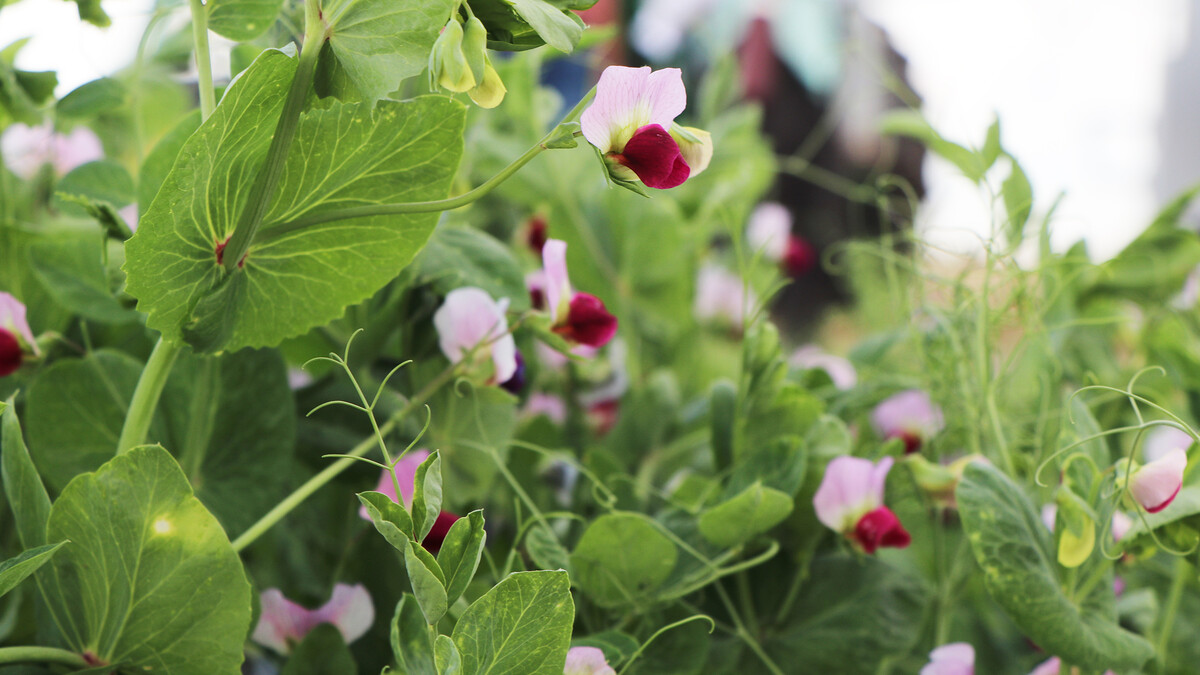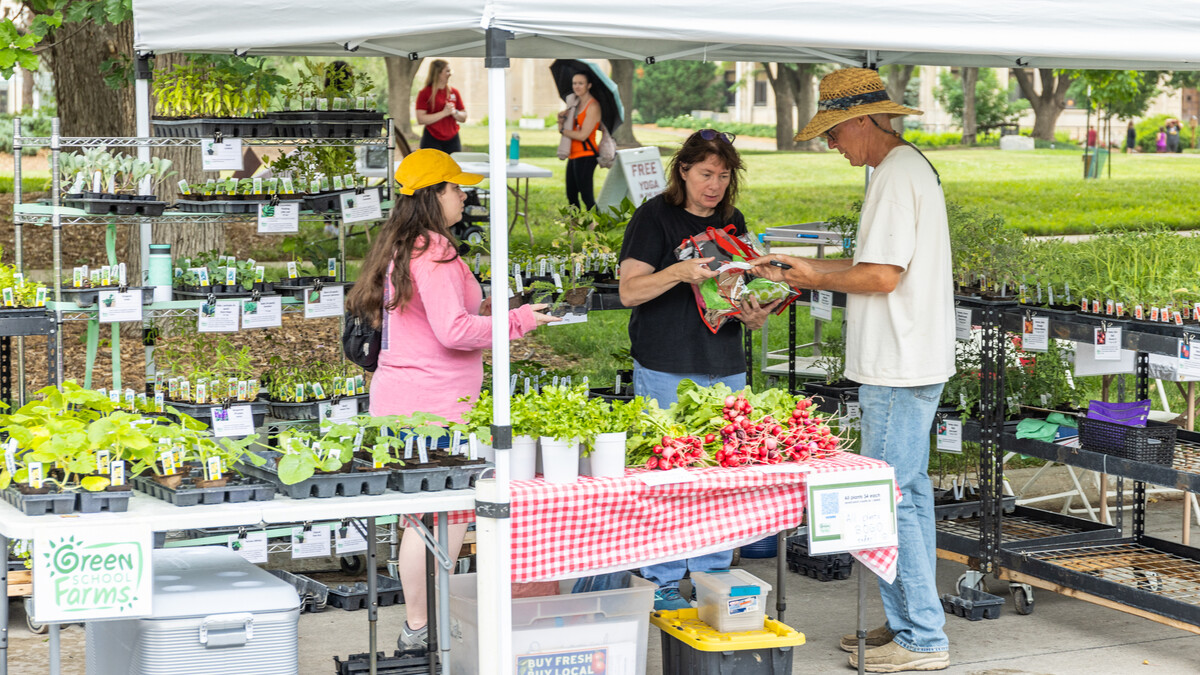
Lincoln, Neb. —Here is the weekly crop of Master Gardener tips from Nebraska Extension in the Panhandle, relevant to local lawn and garden issues in the High Plains and consistent with research-based recommendations.
Using mulch correctly: Mulch is beneficial for more than just curb appeal. It aids in moisture retention, slows weed growth, keeps soil cooler in the summer and warmer in the winter, and reduces grass competition around trees. However, beware of placing mulch directly against plant crowns or tree bases as it may cause crown rot and trunk rot – which in turn can attract a host of diseases and predatory insects. Give your perennials, shrubs and trees a couple of inches of space around the bases and apply no more than 3 inches of mulch.
When to divide and cut back ornamental grasses: Ornamental grasses are a design staple because they are low maintenance and add depth, long standing color and winter interest to the landscape. An important thing to consider for their care is the proper time to divide and cut them back. Cool season grasses should be divided and cut back in early spring, after snow clears. Warm season grasses can be divided and cut back by late spring to early summer. Over time some grasses will die out in the center. Simply remove the dead grass after cutting back.
Providing blooms to welcome beneficial insects: Insects critical to our food and ecosystems depend on an abundant array of spring, summer and autumn bloomers protected from pesticides. The Nebraska Statewide Arboretum suggests planting these species to help: In spring, Basket of Gold, Blue Flax, Pineleaf Penstemon, Prairie Spiderwort and Prairie Smoke; early summer, Jupiters Beard, Leadplant, Catmint, and Showy Milkweed; late summer, Blanket Flower, Coneflower, Fragrant Hyssop, Russian Sage and Yarrow; and autumn, Blue Mist Spirea, Autumn Fire Sedum, Golden Baby Goldenrod, and Asters
Consider sampling your soil: It’s a good time to consider soil amendments if you haven’t already, but don't work the soil when it is wet to avoid soil compaction and the creation of hard clods. To determine the overall health of your soil, consider sending in a sample for analysis. Using a clean spade or probe, collect 10 probe cores with an 8-inch profile. Place in a clean plastic or stainless-steel container. (Don’t use a galvanized bucket or zip lock bag, and don't use your hands to mix the soil samples in the bucket as that may contaminate your sample.) Routine samples can be sent to Ward Laboratories in Kearney, Neb.
Diversity of landscape tree species is important: Insects and diseases affecting trees occur naturally, but when an invasive species is introduced into the lifecycle the results can be devastating. This is especially true in communities that lack a diverse array of tree species as invasive insects and diseases could equate to widespread tree loss. We continue to lose Ash trees to Emerald Ash Borer so it is important to be conscious of tree diversity when replacing them. Trees to consider for Western Nebraska include Hackberry (Celtis occidentalis), American Linden (Tilia americana), Gingko (Gingko biloba), Burr Oak (Quercus macrocarpa), and Ponderosa Pine (Pinus ponderosa).







